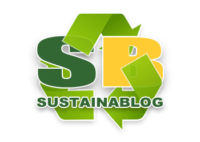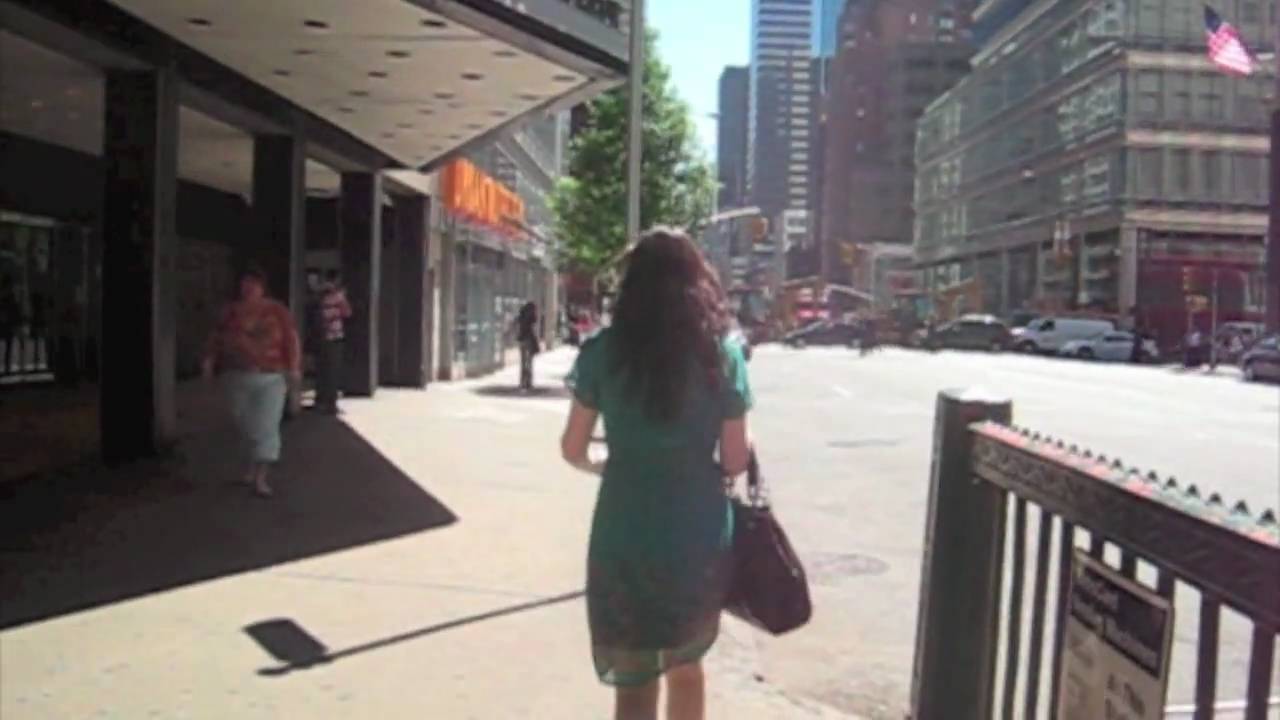Way2Go is an Environmental Defense Fund (EDF) blog where EDF transportation experts promote innovative and environmentally beneficial transportation policies and actions. This was originally posted at blogs.edf.org/transportation by Carrie Denning.

The start of a new year is a time to look forward, get a gym membership, and make resolutions. Here at Way2Go, we decided to follow the lead of the American Association of State Highway and Transportation Officials, and make a transportation wish list for 2010, carrying over the best from ’09 and adding some new goals for the upcoming decade.
- Fix-it-First: Federal funding for transportation infrastructure improvements should be prioritized so that existing roads and bridges are repaired before we expand our system. This saves money in the long run and provides immediate jobs.
- Restore American transit and transit manufacturing jobs: This past year has seen many drivers and transit manufacturing jobs lost. Let’s fix local agency budget gaps, restore transit service, and get these Americans back to work.
- Tailored mass transit: We’d like to see more Federal funding for transit that provides more choice, like rural transit in the San Joaquin Valley, CA and flexible suburban bus routes in Prince William County, VA.
- Passenger rail: The White House’s and Joe Biden’s interest in rail has been all over the news. We’d like to see reliable and faster passenger rail in the US. Kick back and see the US without long security lines and with mismatched socks.
- Pedestrian safety: People should have a diversity of transportation choices. Feet (and sometimes skis) matter, too–though sometimes it doesn’t seem like it. Let’s make it easier and safer to walk with smart designs like Project for Public Space’s work in New York City.
- Bicycle safety: More bike boxes, safe bike networks, and fewer accidents.
- Modernized, cleaner freight: Funding for a freight system that is efficient and provides environmental benefits. Our freight system is expected to grow 80% in the next 10 years, and we need solutions to reduce pollution and congestion.

- Real-time data: At the very least, riders should know when the next bus is coming. Transit agencies should continue to communicate with riders via social media programs, like Twitter, Facebook, Flikr, and blogs. We also encourage social media innovations like San Francisco County Transportation Authority’s bike data iPhone and Android app, a user-driven app that allows bikers to map their routes and help SFCTA gather data are creative solutions and New York Metropolitan Transportation Authority’s open source data for app developers (check out their very cool short film).
- Pay-as-you-drive insurance: Let’s incentivize reduced VMT and get PAYD in every state, so drivers can opt for an insurance policy that best reflects their lifestyle.
- Smart pricing: In 2010 we’d like to see broader adoption of smart parking policies, such as parking cash-out. We also look forward to the release of and San Francisco’s pricing study examining the benefits of applying cordon pricing, that’s proven successful in Europe, to reduce pollution and improve transportation.


PathAcross
The Colorado town I live in has a great model for mass transit. Most of the cities and towns are connected by regional routes – while some of this is due to the luck of fairly close proximity, I’ve noticed a few tactics that make good service possible. One of these is the use of small/short buses (like the ones used for transporting nursing home residents) on small-town routes that don’t justify the use of regular sized city buses. Not sure where else this is done, but this is the only place I’ve seen it done. Places like Sacramento, CA would be wise to take something like this into consideration.